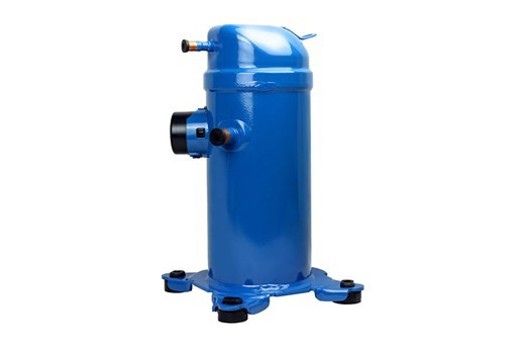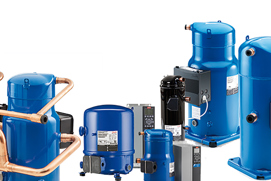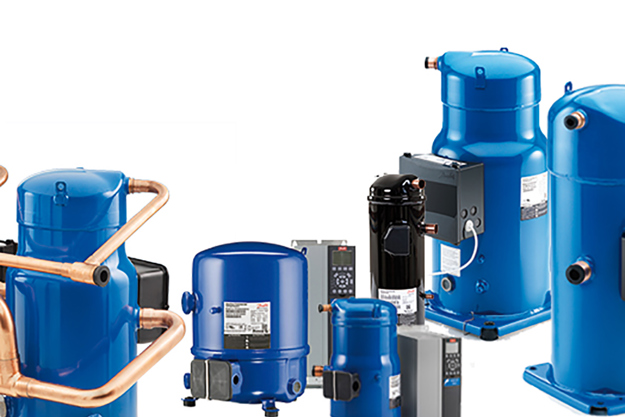
According to the U.S. Centers for Disease Control, reducing exposure to and spread of COVID-19 should take layered approach that includes increased outdoor air flow and improved ventilation. This is because indoors, viral particles spread more easily and are more likely to be in greater concentration compared to outdoors where the air moves and reduces them more freely.
Advanced ventilation systems can contribute to, or help prevent, COVID-19 spread inside public buildings like restaurants, supermarkets, offices, and schools. And that’s why North Carolina-based CaptiveAire has seen a dramatic increase in demand since the beginning of the pandemic for its ventilation solutions, including its Paragon Dedicated Outdoor Air System (DOAS), which is extremely effective at filtering and diluting virus particles, thereby preventing spread of the disease.
“The easiest way to dilute virus particles from inside a building is to regularly open doors and windows,” explained Bill Griffin, vice president of engineering at CaptiveAire. “But if it is very hot or cold outside, people rarely do that; it feels uncomfortable—and it costs money to get the temperature back to a comfortable level. That’s why high-quality ventilation systems are so important.”
Humidity levels and fresh air
The COVID-19 virus needs a carrier to transport it through air, and people produce such particles when they breathe or cough. Big particles, or droplets, fall to the ground and the virus in them is killed when disinfectant is applied to tables and other surfaces. However, the smallest particles, or aerosols, travel through air—and, if the air is dry, the particles shrink and may become small enough to then travel through filters like those used by heating and cooling systems. Thus, maintaining humidity levels in a building is critical to ensuring most aerosols remain big enough to be caught by air filters.
Still, some aerosols will remain at a size small enough to pass through filters. This can be countered by constantly adding fresh air into the ventilation system, diluting and sending these remaining aerosols outside.
CaptiveAire’s ventilation systems use up to 100% outdoor air. This produces much healthier indoor air while minimizing the risk of virus spread. Most traditional ventilation systems only use up to 10–20% outdoor air, thereby allowing viruses and other unwanted particles to remain inside the building.
“Traditional ventilation systems recirculate inside air, but we constantly add large amounts of fresh air from the outside,” said Brandon Hafner, vice president of construction and facilities at CaptiveAire. “We also filter and control humidity throughout the system. This places us among the best worldwide at preventing virus spread.”
Variable-speed technology keeps air flowing
CaptiveAire’s Paragon DOAS brings outside air inside, filters it, conditions it, and delivers it with minimal energy use. The system relies on Danfoss variable-speed scroll compressors with built-in VLT® drives to ensure the user is always able to obtain correct temperatures with minimal energy use, as well as help ensure optimal humidity levels and fresh air.
“Unlike constant-speed systems, variable-speed systems can run between 20 and 100% capacity, effectively matching HVAC load to a building’s actual demand. And as opposed to the on/off operation method of their fixed-speed counterparts, variable-speed systems operate continuously, providing a steady stream of conditioned air to the space,” said Neil Evans of Danfoss.
The modular capacity of our variable-speed compressors enables to keep the compressor running at a wide range of speed, providing a higher efficiency running over time when compared to a single-speed system (fixed) that stops/starts when the cooling load is met. The drive and compressor react instantly to the ever-changing cooling loads throughout the day as well as the seasonal loads.
All control for the VZH compressor comes from the CDS drive. The drive monitors incoming voltage and phase imbalance to ensure the compressor operates in a safe fashion. There are also numerous additional safeties in the drive to help protect the compressor from damage in its operation. These safeties work with the unit controller to ensure efficient and safe operation of the entire DOAS unit.
“Danfoss supplies key components for our high-end ventilation system, Paragon. And they’ve faced our demand for more components head-on, quickly ramping up to ensure timely deliveries,” said Griffin.
Danfoss is currently working to test additional components for integration with the CaptiveAire system, including microchannel heat exchangers, filter driers, and pressure and temperature sensors.
“It’s an honor to support CaptiveAire in their efforts to meet demand and help minimize virus spread,” said Neil Evans, key account manager for Danfoss Climate Solutions. “We collaborated with CaptiveAire at our Application Development Center in Tallahassee, Florida, where we test our components and optimize them for the system—and look for new ways to do things even better.”
View related products
-
if (isSmallPicture) {


 Compressors for air conditioning & heating
Compressors for air conditioning & heatingCompressors for air conditioning, providing enhanced comfort, efficiency and sustainability for rooftops and chillers, commercial applications with refrigerants R410A, R407C, R134a and R22.



